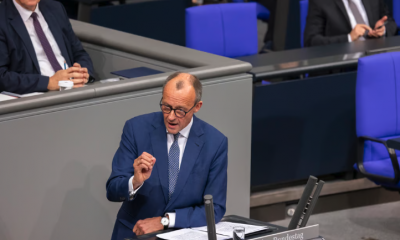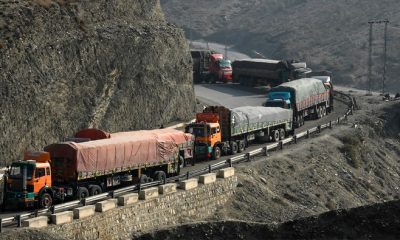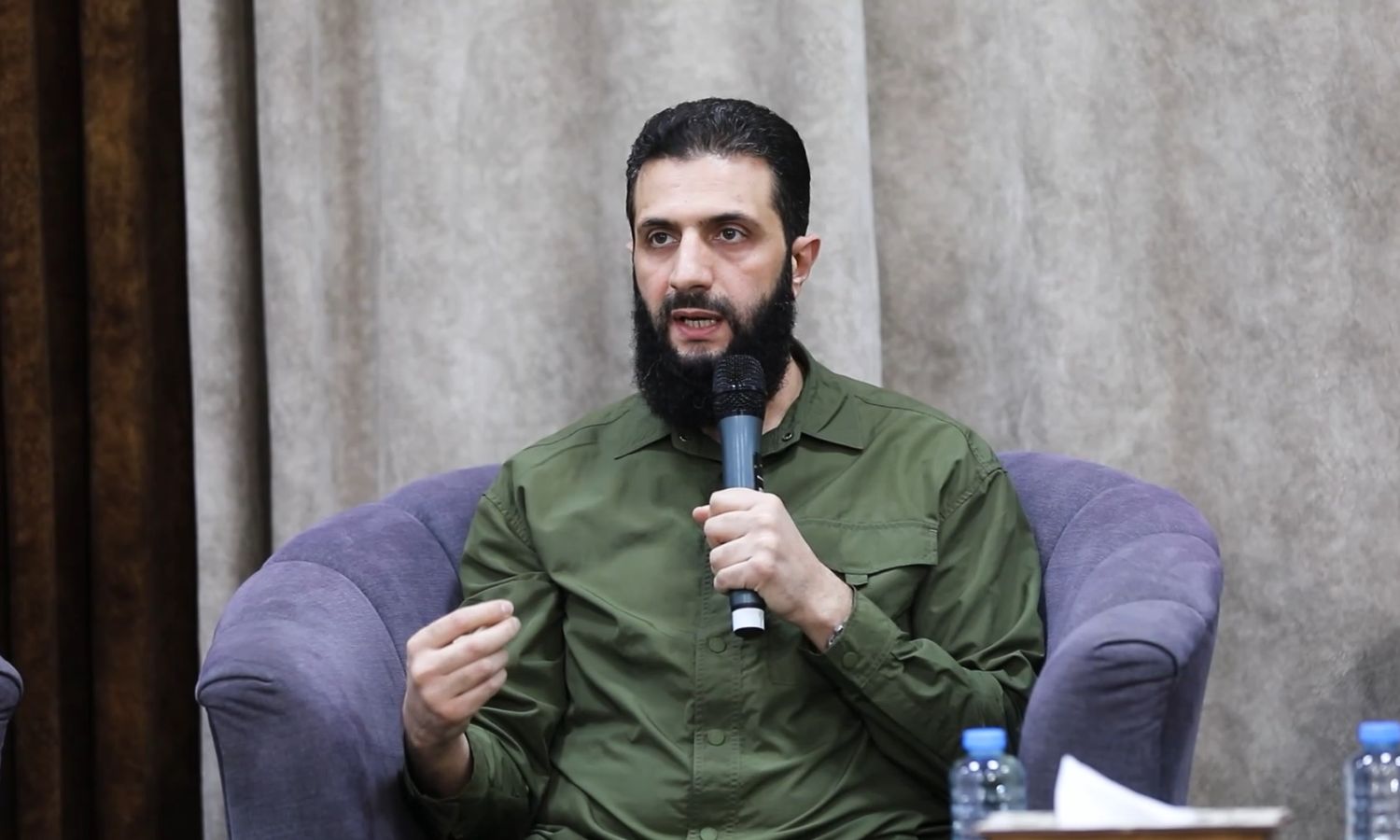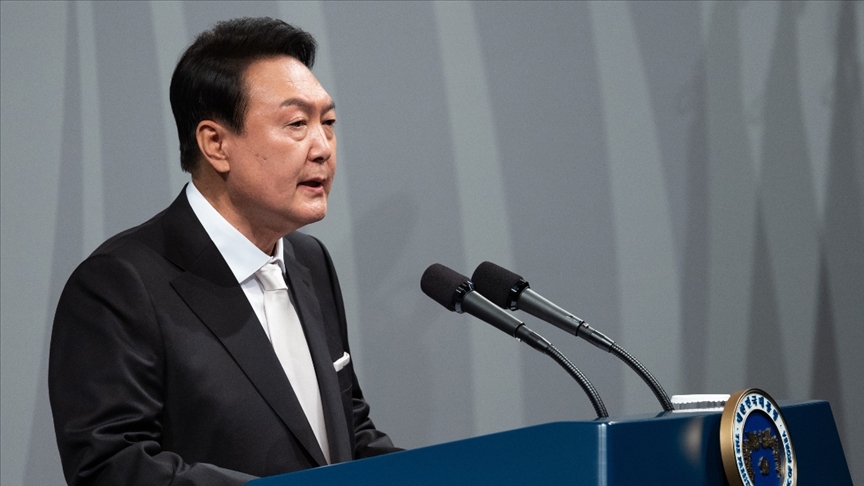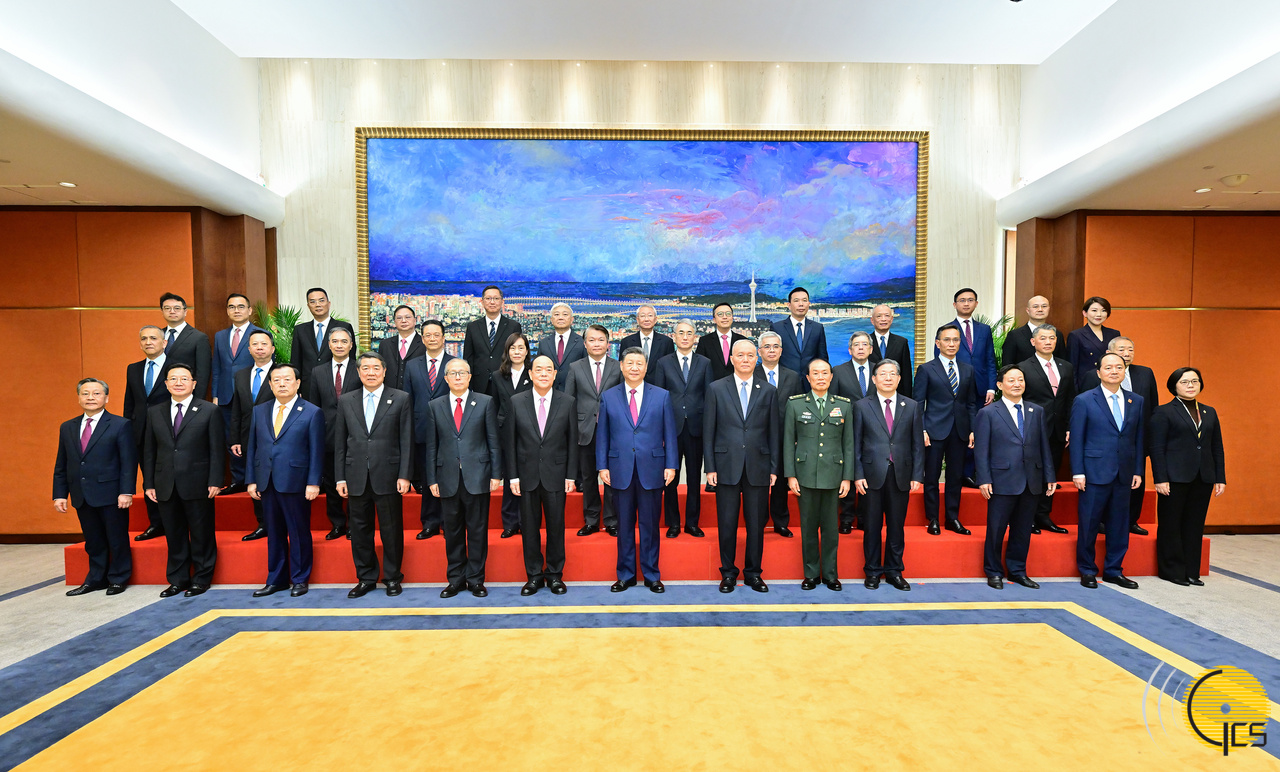China has apparently achieved a diplomatic breakthrough in the Middle East as Beijing was able to broker a deal and resurrect diplomatic relations between the two rival states “Saudi Arabia and Iran”.
In the past, China has seemed rare to broker any deal unless Joe Biden administration. China was also able to earn support from the regional countries in bringing Riyadh and Tehran close which helps improve peace and economic development. On the international surface, especially in the western countries, restoration of ties between the two gulf neighbors could be seen as a setback for the US influence and status in the Middle East.
In the bigger picture, this deal could definitely damage some of the US’s interests in the region, and it could be on both long-and-short terms. Between that, the US also saw its role becoming weak if the deal succeeded.
At the same time, Washington had already received a clear message by China’s broker deal between longtime gulf rivals that a broader sign of a changing global order is on the way.
China’s image as prompter of peace
In addition to bringing closer Saudi and Iran and giving them an opportunity to work together to improve their ties, China has seemingly boosted its image as a promoter of peace and stability in the Middle East.
Since China-US relations are competitive and confrontational, a win for Beijing can be considered as a big loss to the US in the region.
The deal also gives an indication that China is a rising power while the US is a declining one. Moreover, by this deal, China bolsters its role as the leader of global authoritarianism in a world where liberal democracy and capitalism is fading away and no longer a reliable solution to resolve high stakes across the globe.
Meanwhile, the Kingdom’s engagement with Iran and China reflect change in the country’s foreign relations with more eagerness to work with the regional partners. The China-brokered deal is such an example of those changes.
Being a close ally into US-led regional security networks in the Persian Gulf, the kingdom with the diplomatic deal with Iran, the US’s enemy, has increasingly become a hot potato in domestic and foreign media in which experts see the deal as a strategic development between them.
China-Iran growing ties
Having signed a 25-year comprehensive strategic partnership agreement with Iran almost two years ago, China had in recent weeks signed several important bilateral agreements.
Iran-China relations have seen several progresses in the last few months, and Iran’s President Raisi also visited China and signed continued economic agreements. Tehran also agreed to restore ties with Saudi Arabia as it was facilitated by China. Iran can’t find a good partner like China in the region because both have several issues with the US.
China and Iran must have a stable and strong relationship based on the foundation of a common goal in the Middle East which is peace, economic development and to prevent further influence of the US. Honestly, Iran needs more Chinese support to improve all of its infrastructures, especially at a time when it faces years of global sanctions. Iran is also more dependent on China for security cooperation. It is also a fact that sanctions have undermined China-Iran economic relations and makes it a bit difficult to implement the recent series of agreements between them.
At the beginning of this year, Iranian President Ebrahim Raisi visited China at the invitation of President Xi Jinping, and the outcome was reported “significant” and “productive”.
It seems that several signs of better relations exist between the two countries as the first shipping line linking China to Iran’s Chabahar Port has just been inaugurated.
China-Saudi affairs
Chinese President Xi Jinping had visited Saudi Arabia in early 2023 and attended a series of meetings with the kingdom’s leadership. Many believe that Xi’s visit, besides economic perspective, also had a security agenda as he is trying to put all out efforts in the form of a security framework to stabilize the region.
During the summit meeting with Gulf Cooperation Council states, Xi has discussed several issues where later Beijing released a statement where they affirmed their support for all peace efforts in the Middle East and the region.
Here, again Saudi like Iran, has more dependency on China taking into account the kingdom’s pragmatic acknowledgment of its own vulnerabilities to regional and global tensions.
Understanding the fact that the US is not a good partner after the Ukraine war that caused grain shortages and fuel crisis, Saudi began to broaden its relationships in particular with China.
At the same time, officials across the Gulf believe that China could replace the US as the dominant economic and energy superpower and Xi’s visit to Saudi and signing agreements in 34 sectors, including green energy, information technology and logistic, are the clear indignation of them.
This is not the stop point as reported suggests that Xi also convinced Saudi’s King Salman to invite Iranian President Raisi to the kingdom in order to remove their political differences and move their relations from “argument” to “cooperation.”
It is newsworthy that Chinese Vice-Premier Hu Chunhua had visited the UAE and Iran soon after Xi’s visit to Saudi Arabia, where in Tehran, Hu discussed ways to enhance the 25-year comprehensive strategic partnership.

 EUROPE1 week ago
EUROPE1 week ago
 OPINION2 weeks ago
OPINION2 weeks ago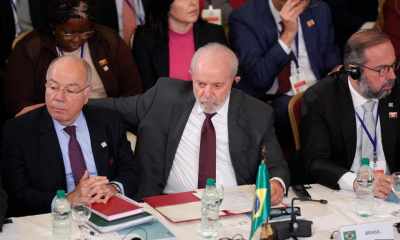
 OPINION1 week ago
OPINION1 week ago
 DIPLOMACY2 weeks ago
DIPLOMACY2 weeks ago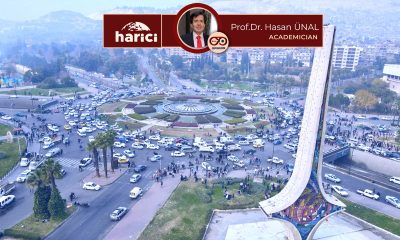
 OPINION2 weeks ago
OPINION2 weeks ago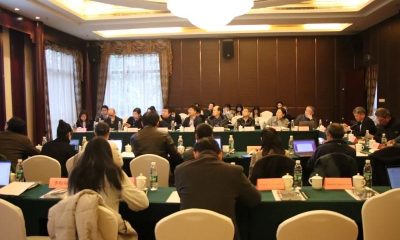
 ASIA1 week ago
ASIA1 week ago
 MIDDLE EAST1 week ago
MIDDLE EAST1 week ago
 MIDDLE EAST2 weeks ago
MIDDLE EAST2 weeks ago






